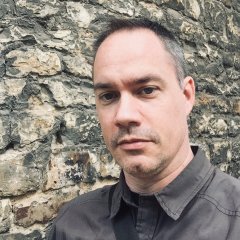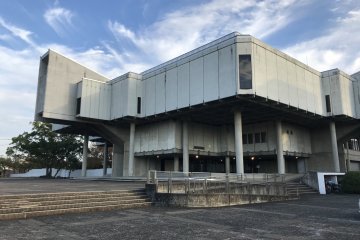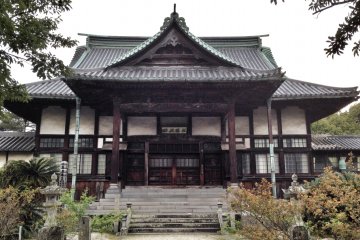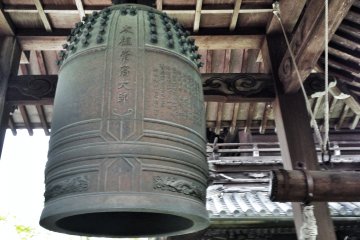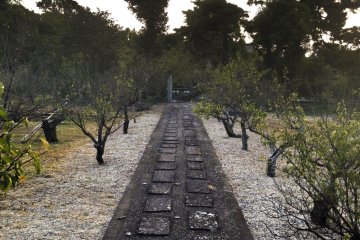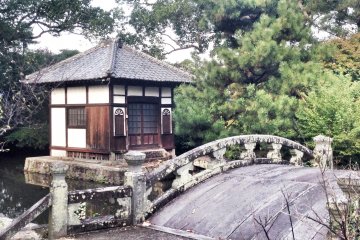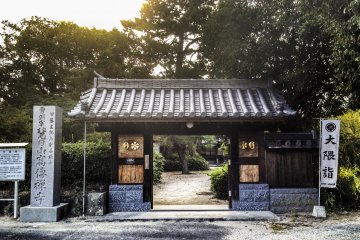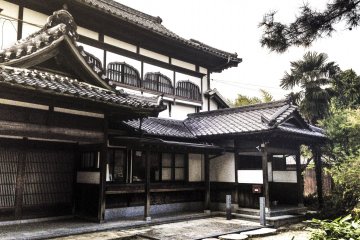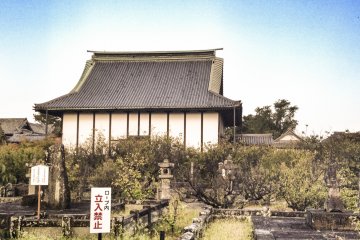In my never ending expedition to discover interesting (and especially old) places, I finally made my way over to one of Saga’s hidden treasures, Kōden-ji. This temple has been called a symbol for one of Japan’s most famous literary works on samurai culture, Hagakure, or “hidden leaves.” Often times in English, it's called The Way of the Samurai. If you enjoy visiting old temples and shrines, this comes highly recommended while you are passing through Saga.
Saga has a close connection to Hagakure since its author was a samurai employed by the Nabeshima clan, who once oversaw the Saga Domain. That samurai was named Yamamoto Tsunetomo. I have previously referenced him in my article on Saga Castle, which I recommend seeing in the same day due to their historical association.
After having devoted many years of his life serving under Nabeshima, Yamamoto entered into the realm of Buddhism. Supposedly, Kōden-ji is where Yamamoto shaved his head, took his vows, and changed his name to Yamamoto Jōchō.
A Zen priest named Tannen Ryoyu, was the head of Kōden-ji from 1659 to 1669. He is said to have had a strong influence on Yamamoto Jōchō as Hagakure is quite prevalent with his teachings and philosophy. It is why Tannen is sometimes referred to as the “monk of Hagakure.”
If by chance you are lucky to be in Saga in April on the days of the 19th and 20th, you will get the opportunity to view one of Japan’s largest images of the reclining Buddha, or Nehanzo, which is housed within Kōden-ji. The painting stands 16 meters high, six meters wide, and is over 300 years old. Unfortunately, the window of opportunity to see this ancient masterpiece is small to say the least; however, if the time is right, you’re in luck!
For those who enjoy more educational experience in their travels, I highly recommend picking up a copy of Hagakure prior to your visit to Saga. It’s easily accessible and will provide some interesting background to some of Saga’s samurai history. Also, there are signs up next to areas of significance providing both Japanese and English descriptions.


